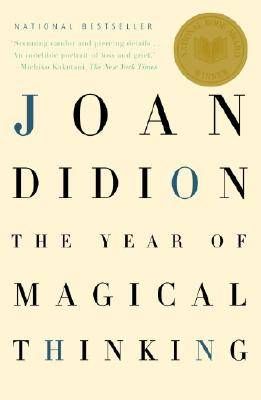Her accolades included a Pulitzer Prize, a National Book Award, and being a finalist for a National Book Critics Circle Award, among many others. She also wrote one of the first mainstream media articles – in 1991, in the NY Review of Books – that suggested the Exonerated Five (known then as the Central Park Five) were wrongfully convicted. (You can read it in her essay collection After Henry). Didion’s writing spanned genres, from fiction (Play It As It Lays) to memoir (The Year of Magical Thinking) to journalism and cultural criticism (Let Me Tell You What I Mean). She also collaborated with her husband, John Dunne, on screenplays like Up Close & Personal. Born December 5, 1934 in Sacramento, California, she started writing things down early, but never saw herself as a writer until she was first published. She attended UC Berkeley, where she won an essay contest sponsored by Vogue her senior year and became a research assistant at the magazine. She worked her way up to eventually become an associate feature editor. Her first novel, Run, River, was published in 1963, borne out of her homesickness for California while living in New York. Her first nonfiction book, Slouching Towards Bethlehem, was published in 1968, and included her experiences living in California, as well as various pieces she published in magazines. She went on to publish multiple other novels, nonfiction collections, and memoirs, including The White Album, A Book of Common Prayer, and South and West. She wrote unflinchingly about politics and sexual predators, other writers, and spared nothing and no one – not even herself. Her cool eye was unforgiving, and her wry writing style was distinctive and sharp. Didion’s writing was often held up as an examples of “New Journalism,” in which the writer’s voice is central to the writing, similar to creative nonfiction. This can be seen in her book Slouching Towards Bethlehem, which combines her personal experiences with larger cultural observations. She married John Dunne in 1964, and they adopted their daughter Quintana Roo in 1966. Both preceded her in death, which Didion chronicled in The Year of Magical Thinking and Blue Nights. Netflix released a documentary about her called Joan Didion: The Center Will Not Hold, in 2017, where she opens up about her personal life and writing. If you’ve never read Joan Didion and would like to explore her work, our Reading Pathway about her nonfiction is a great place to start. You can also find a more comprehensive look at her books here.
